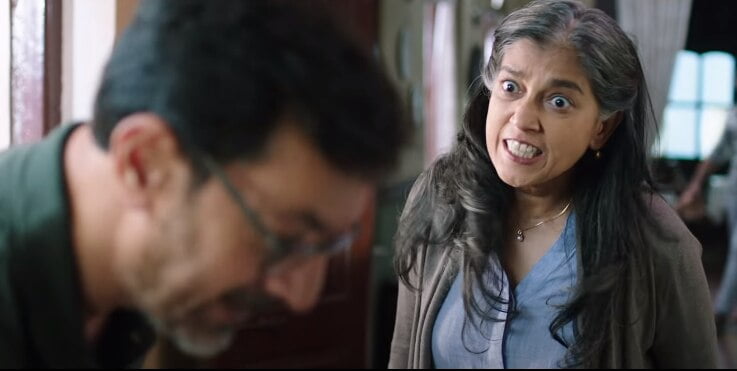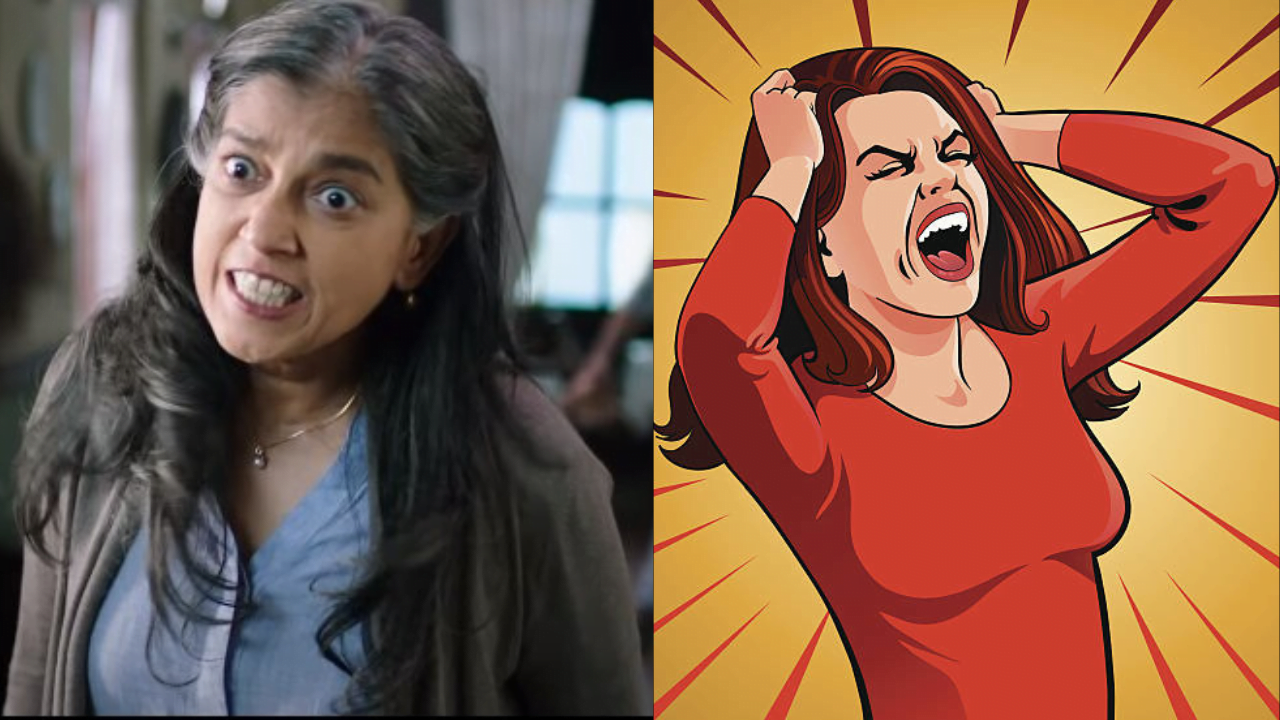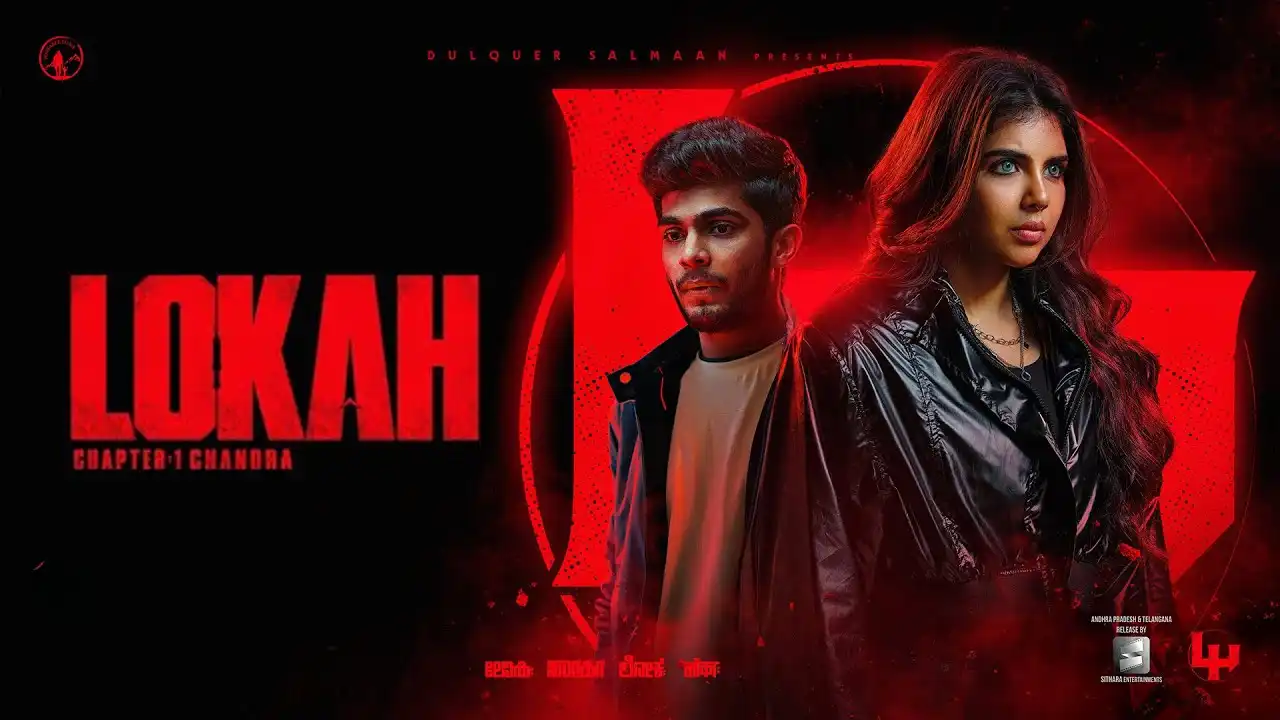Character stereotypes have always been central to the storylines of Bollywood films. However, a less explored character trope in Bollywood is that of the “nagging woman” which has often been critiqued by western film theorists. Furthermore, it becomes all the more difficult to explore gendered character stereotypes when it comes to films with heavy themes or strong social messages. Shakun Batra’s films, Kapoor And Sons (2016) and Gehraiyaan (2022) are examples of such films as they make use of the character trope of the nagging woman.
The Take, a popular YouTube channel, talks about the nagging woman in their video, The Nag Trope. The video mentions how the nagging woman in popular culture is “...rarely a main character, but more often a foil or obstacle to a male character.” This accurately explains the portrayal of the characters of Sunita Kapoor in Kapoor and Sons and Vaani Khanna in Gehraiyaan.
The two women are introduced as supporting characters to the audiences in scenes where they are shown to engage with the male characters in the films. Their conversations with the men reveal some form of tension within the narrative. In Sunita’s case, the argument with her husband, Harsh Kapoor about whether or not he is having an extramarital affair. Vaani, on the other hand, boasts of the favours her husband conferred on her daughter’s fiance, Zain Oberoi. The two men are, thus, left feeling frustrated and uncomfortable.
Here, it must be noted that the facts the women point towards are neither unreasonable nor untrue, yet the audiences are made to view their reactions as flawed. The Take further points this out in their video by stating that “...even if what she asks…is actually pretty reasonable, her tone or the incessantness of her demands is played as insufferably annoying.”
If the characters of Harsh and Zain are compared to Sunita and Vaani respectively, the audiences might consider the men to be more even-tempered than the women. Thus, not only do Sunita and Vaani come across as being provocative, but the men appear silent and tolerant in the face of criticism. This leads the viewers to sympathise with them without making any attempts to understand the rationale behind the verbal arguments provided by the two women.

This, as explained by The Take, is done to portray Harsh and Zain as “regular men” whom the audiences can relate and sympathise with. Thus, when they are shown to have a difficult time because of the nagging woman, the audiences root for them. However, similar to what is stated by The Take, the calm reactions provided by the men are no indicator of them being guilt-free.
As the two stories progress, Sunita and Vaani continue to stress the arguments provided by them in their introductory scenes. While Sunita chooses to voice her frustrations over the fact that she considers her husband to be immoral alongside him spending all her savings on a business running in loss, Vaani declares that Zain must repay the favours he owes to her family. In a way, the audiences get so used to their repetitive questioning and blunt remarks that they rationalise the misconduct of Harsh and Zain by blaming it on the constant squabbling of the two women.
Also Read: Sharp Objects Review: Imperfect Women And Female Rage
The Take explains this theme in their video by quoting a few lines from Susan Krauss Whitbourne’s article published in Psychology Today. Whitbourne explains in her writing that men often tend to refer to women as “nagging” when they mention something multiple times. This leads to a trivialisation of the latter’s concerns, no matter how valid, solely because the action of repeating something is viewed as irksome. Thus, the audiences end up considering Sunita’s reactions as exaggerated and Vaani’s comments as unnecessary provocations.

The invalidation of the women’s concerns in the films and the sympathies that the audiences show towards the men are further strengthened when the former’s reactions become more extreme. In Kapoor And Sons, Sunita and Harsh end up getting into a brawl at a public gathering. Instead of understanding Sunita’s emotional turmoil in this particular scene, the viewers end up pitying Harsh due to the embarrassment he faces as a result of being insulted by his wife in front of his friends, neighbours and colleagues.
Something similar can be seen in Gehraiyaan when Vaani’s daughter, Tia, gets cross with her because Vaani makes her question Zain’s faithfulness in their relationship alongside cautioning her about getting deceived financially. The audiences, thus, once again, think that the men are being doubted without any fault of their own. While in Harsh’s case, the audiences aren’t aware of his reality, in Zain’s case, they simply blame his circumstances and the women in his life for his follies.

The aforementioned point raises a very important question about whether or not Sunita and Vaani’s concerns are reasonable. It is eventually established in the cases of both Sunita and Vaani that their worries, reactions and warnings were all justified and accurate. In other words, Harsh is, indeed, unfaithful to Sunita and so is Zain to Tia. Even Vaani’s apprehensions about Zain taking financial advantage of Tia turn out to be true. However, the women still don’t receive any affirmations from the other characters in the films.
In other words, even when the women are eventually proven right in the two films, the narrative fails to do justice to them by showing them in a negative light. As explained by The Take, “..the nag is not the unreasonable character; what is unreasonable is the framing of a woman with legitimate concerns as a nag to discredit her.”
The men in the narrative are immediately forgiven by the audiences when they eventually die in the two films. Harsh loses his life when his car gets hit by a truck while he attempts to take Sunita’s call. Zain, on the other hand, accidentally slips from the railing of his yacht and drowns. Not only are the men not held accountable for their actions due to their ultimate demise, but are even valorised after their deaths.
Harsh’s extramarital affair is never brought up in Kapoor And Sons. Instead, in the final scene, an enlarged cut out of his image is erected in the middle of the family photograph that his family members decided to capture. Additionally, in Gehraiyaan, Vaani’s daughter grieves Zain’s death even after losing her bungalow due to his deceit.
Also Read: ‘Why Are You Nagging Me?’: The Stereotyping Of Angry Women In Popular Culture
Harsh and Zain, despite their infidelity and betrayal, are allowed to die with dignity and it is the female characters who continue to be punished. Sunita, for example, is shown to feel guilty for her husband’s death and Tia gets distanced from her best friend and cousin to process her traumas. The latter isn’t even told that her partner, whom she dearly loved, had been unfaithful to her.
In conclusion, Shakun Batra, through his films, propagates numerous gendered stereotypes against women and their emotional reactions. This is evident in his purposeful creation of “the nag trope” which causes the nagging women to be condemned and disbelieved even when they are right. Somehow, it appears as if this is done solely to absolve the men in his films of their immorality.
About the author(s)
Upasana is a master’s student at SOAS, University of London where she is pursuing a degree in South Asian Area Studies. She is an avid blogger and a film reviewer which means that she is currently struggling to balance her time between Netflix and her grad school commitments. When not reading, writing or binge-watching something, she can be found having deep conversations with her close friends or complete strangers about the most random things under the sun.






